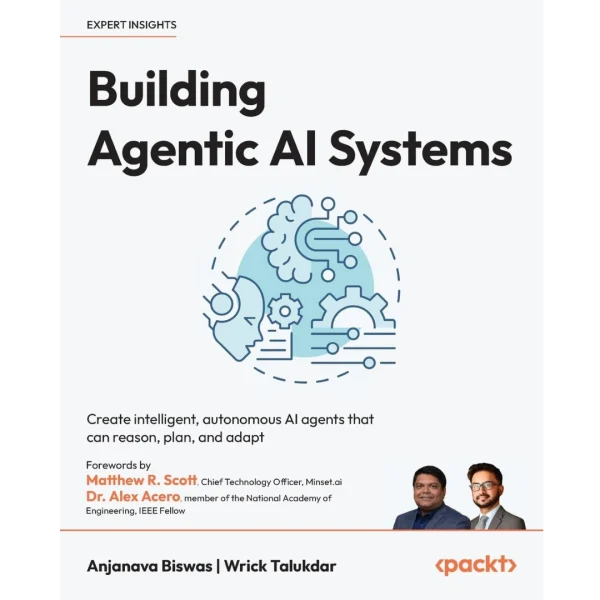
Building Agentic AI Systems
Original price was: $49.99.$19.19Current price is: $19.19.
✔️ (PDF) • Pages : 288
Gain unparalleled insights into the future of AI autonomy with this comprehensive guide to designing and deploying autonomous AI agents that leverage generative AI (GenAI) to plan, reason, and act. Written by industry-leading AI architects and recognized experts shaping global AI standards and building real-world enterprise AI solutions, it explores the fundamentals of agentic systems, detailing how AI agents operate independently, make decisions, and leverage tools to accomplish complex tasks.
Starting with the foundations of GenAI and agentic architectures, you’ll explore decision-making frameworks, self-improvement mechanisms, and adaptability. The book covers advanced design techniques, such as multi-step planning, tool integration, and the coordinator, worker, and delegator approach for scalable AI agents.
Beyond design, it addresses critical aspects of trust, safety, and ethics, ensuring AI systems align with human values and operate transparently. Real-world applications illustrate how agentic AI transforms industries such as automation, finance, and healthcare. With deep insights into AI frameworks, prompt engineering, and multi-agent collaboration, this book equips you to build next-generation adaptive, scalable AI agents that go beyond simple task execution and act with minimal human intervention.
What you will learn
- Master the core principles of GenAI and agentic systems
- Understand how AI agents operate, reason, and adapt in dynamic environments
- Enable AI agents to analyze their own actions and improvise
- Implement systems where AI agents can leverage external tools and plan complex tasks
- Apply methods to enhance transparency, accountability, and reliability in AI
- Explore real-world implementations of AI agents across industries
Who this book is for
This book is ideal for AI developers, machine learning engineers, and software architects who want to advance their skills in building intelligent, autonomous agents. It’s perfect for professionals with a strong foundation in machine learning and programming, particularly those familiar with Python and large language models. While prior experience with generative AI is beneficial, the book covers foundational concepts for those new to agentic systems.
Table of Contents
- Fundamentals of Generative AI
- Principles of Agentic Systems
- Essential Components of Intelligent Agents
- Reflection and Introspection in Agents
- Enabling Tool Use and Planning in Agents
- Exploring the Coordinator, Worker, and Delegator Approach
- Effective Agentic System Design Techniques
- Building Trust in Generative AI Systems
- Managing Safety and Ethical Considerations
- Common Use Cases and Applications
- Conclusion and Future Outlook
14 reviews for Building Agentic AI Systems
You must be logged in to post a review.
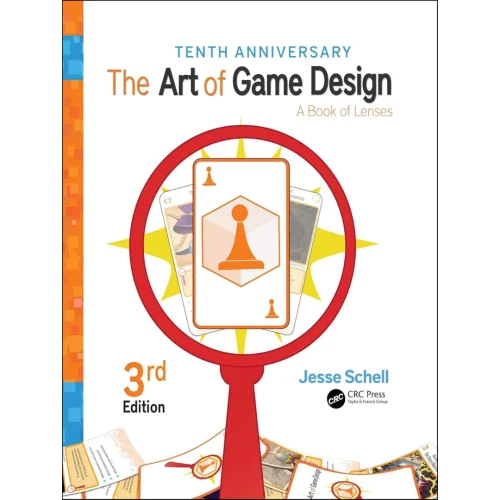











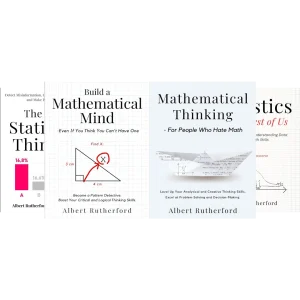


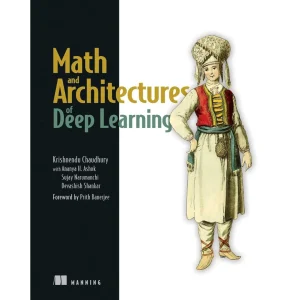

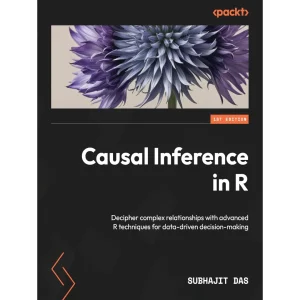
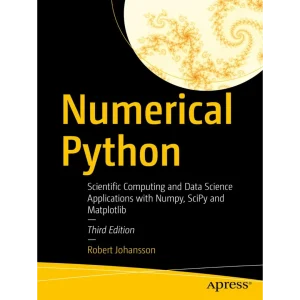




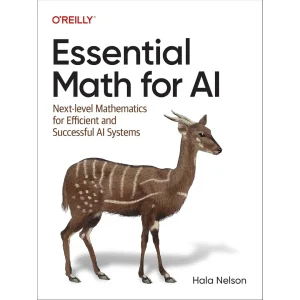




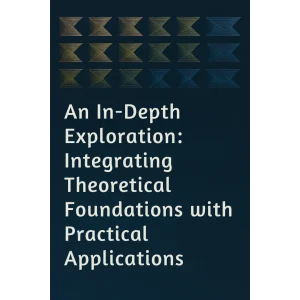
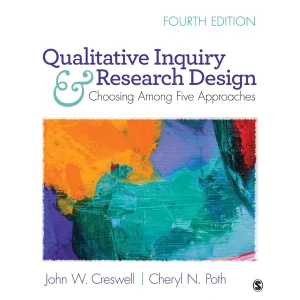














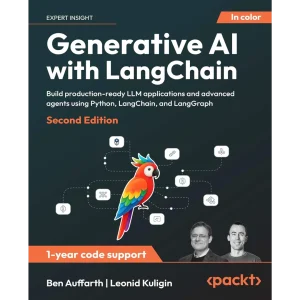




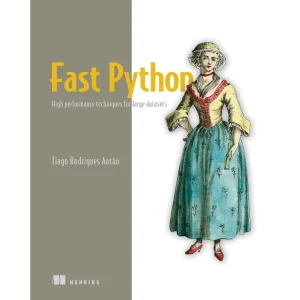


Tans (verified owner) –
This book lays a solid foundation in designing AI agents and really shone in its discussion of planning and tool integration- key challenge in agentic systems. I especially appreciated the focus on trust and ethics, which is often overlooked in technical books but absolutely critical.
Overall, a powerful resource with great future-thinking insights.
arsalan (verified owner) –
The authors clearly know their stuff- the breakdown of agent components and decision-making flows was excellent. It really shows how AI could evolve its behavior over time.
If you are designing the next-gen AI systems, this is a foundational resource.
D&A (verified owner) –
Loved how it connects theory with application. Especially enjoyed the tool-use and multi-agent chapters. Highly recommended for anyone serious about AI agents.
Matthew R. Scott (verified owner) –
I served as an early technical reviewer and wrote a foreword, so my expectations were sky-high. Anjanava Biswas and Wrick Talukdar exceeded every one of them.
“Building Agentic AI Systems” moves seamlessly from first-principles theory to production-ready code, covering reflection, planning, multi-agent coordination, and real tool-calling with CrewAI, AutoGen, and LangGraph. The depth, breadth, and practical insight into building enterprise-grade agentic systems are invaluable.
Equally valuable is the candid treatment of trust, bias, and governance; the red-teaming and output-verification checklists should be stapled to every generative-AI project plan.
If you’re done tinkering with chat prompts and ready to seriously build autonomous agents that reason, plan, and act responsibly at scale, this is the guide.
(Disclosure: I reviewed an advance manuscript but received no compensation for this review. The enthusiasm is entirely my own.)
Harsha (verified owner) –
TL;DR: “Building Agentic AI Systems” provides a comprehensive roadmap for developing autonomous AI agents that can reason, plan, and adapt. This book bridges theory and practice brilliantly, making complex concepts accessible without sacrificing depth.
Aha! Moments:
The chapter on the Coordinator-Worker-Delegator model was a revelation for me. This framework for organizing multiple agents with distinct roles completely changed how I approach multi-agent system design. Instead of building monolithic agents, I now see the value in specialized roles working in concert.
Another eye-opener was the distinction between mere “tool use” and true “planning” in agent systems. The authors clarify how agents that just call tools are fundamentally different from ones that can strategize and sequence actions toward goals – a distinction I now see everywhere in current AI systems.
Standout Ideas:
The book’s approach to “reflection and introspection” in agents is particularly innovative. Rather than treating agents as static systems, the authors demonstrate how they can analyze their own reasoning, learn from experiences, and improve decision-making – making systems that grow smarter over time rather than remaining fixed.
I was also impressed by the practical implementation examples using frameworks like LangGraph, CrewAI, and AutoGen. These concrete demonstrations show how theoretical concepts translate into working code, complete with comparison of different implementation approaches.
Usefulness:
If you’re building AI systems that need to move beyond simple prompt-response patterns into truly autonomous behaviors, this book provides both the conceptual foundation and practical techniques needed. It’s given me a structured way to think about agent memory architectures, planning algorithms, and multi-agent collaboration that I’m already applying in my work.
I highly recommend this book to AI engineers, AI product managers, and researchers looking to understand where AI is heading as it moves beyond foundation models to truly agentic systems.
POE (verified owner) –
This book pulls back the curtain to reveal the fundamentals of generative AI, agentic systems, and intelligent agents including types of models, technical requirements, and characteristics. Content includes how to design and implement generative AI-based agents with the inclusion of reflection and introspection. Examples are provided that can help you perform agent planning and integrating tool use. Further, the coordinator, worker, and delegator (CWD) approach are explained and demonstrated.
The authors provide the right mix of theory and practical content. Their coverage of building trust in generative AI systems, governance, self-governance, ethics, social implications, and autonomy is especially appreciated.
This is an impressive resource!
Ashish Lal (verified owner) –
If you like to learn the fundamentals of how to build Agentic systems with generative AI, this is the book to read. From CDW, role based agents, state spaces and complex Agentic flows, this book has it all. It also provides incredibly practical guidance that strikes the perfect balance between theoretical concepts and hands-on implementation.
The authors clearly explain how to design effective conversational design workflows (CDW) that form the backbone of any robust agentic system. The section on role-based agents was particularly illuminating, demonstrating how different specialized AI agents can collaborate to solve complex problems that single agents struggle with.
What impressed me most was the deep dive into state spaces and how they enable persistent memory and contextual awareness in AI systems. The examples of complex agentic flows show you exactly how to orchestrate multiple agents working together toward common goals.
The code examples are clean, well-commented, and actually work in real-world scenarios. I implemented several of the patterns from the book in my own projects with excellent results.
Whether you’re just starting with generative AI or looking to take your agentic systems to the next level, this book provides the solid foundation and advanced techniques you need to succeed in this rapidly evolving field. Highly recommended for anyone serious about building the next generation of AI systems.
Anuj Gupta (verified owner) –
Building Agentic AI Systems is a game-changer for anyone interested in taking AI beyond static models. It strikes a perfect balance between concept and practice, guiding you through building systems that can plan, remember, and act with purpose. I appreciated how accessible yet insightful it was—like learning from a thoughtful peer rather than a dry manual. If you’re ready to move beyond prompt engineering and start designing truly autonomous agents, this book is a must-read.
Tiny (verified owner) –
We all know AI is the hottest thing going, and Agentic AI is the next step, if you haven’t spent any time reading about this fascinating field, I’ve got just the book for you. In Building Agentic Systems, Anjanava Biswas and Wrick Talukdar deliver a pragmatic and technically grounded guide to the next frontier in artificial intelligence: the integration of generative AI with autonomous, goal-driven agents. This excellent work is not a philosophical tome; it’s a toolbox.The text offers lucid explanations, actionable code samples, and layered conceptual depth to bridge the widening gap in the AI ecosystem: how to move from foundation models to fully agentic systems. The book has three sections—each distilling the what, how, and why of building agents that can reason, act, and improve. Recommended for anyone working any aspects of technology that either use AI today, or are planning to in the future, basically, everyone.
The opening section establishes a strong foundation by tracing the evolution of generative models and their integration with agent architectures. It begins a technique overview for approaches like VAE, GAN, and StyleGAN, offering nuanced distinctions such as Beta-VAE’s probabilistic modeling and the structural roles of encoder-decoder variations. Challenges including data bias, privacy, and computational cost are also explored. Next, the text pivots to core agentic system principles—agency, autonomy, and self-governance with a travel agent scenario to illustrate deliberative, reactive, and hybrid architectures as well as multi-agent coordination. The section concludes with an in-depth look at the reasoning and planning mechanisms that underpin intelligent agents, covering logic models, learning types, and planning methods, linked to generative AI as a theory and implementation bridge
The focus then shifts from conceptual foundations to practical implementation, emphasizing constructingt adaptive, tool-using, and modular generative AI agents. It begins with metacognition—framing reflection and introspection as essential, structured capabilities for agents through user engagement and recommendation acceptance metrics. Next up is tool use and planning, emphasizing how LLMs extend functionality with APIs, fallback mechanisms, and hierarchical task networks. The focus is on integrating tools and planning rather than treating tools or agents as isolated components. The Coordinator-Worker-Delegator (CWD) framework for multi-agent systems is introduced to use real-world agent roles to demonstrate modular design, environmental modeling, memory management, and contextual reasoning. Together, these chapters provide a baseline to build scalable and intelligent agentic systems grounded in real code and design practices.
Finally, the book confronts critical issues of trust, safety, and application head-on, grounding them in actionable system design. It starts with user trust as foundational through explainability tools like attention maps and saliency visualizations as essential system features. Ethical and safety considerations are explored as a core architectural concern including covering adversarial defenses, hallucination mitigation, IP risks, and the implementation of rollback, real-time monitoring, and progressive autonomy. Reinforcement learning feedback loops appear as a broader validation framework. The section culminates in a robust treatment of real-world applications, from e-commerce and logistics to creative domains, with an emphasis on technical coordination and implementation. The closing chapter looks toward AGI and multi-modal systems, realistically assessing both current limitations and future potential for experiential learning and generalization beyond memorized responses.
I thoroughly enjoyed the entire book. The graphics are excellent, the explanations are well-reasoned, and the use of a continuing example with the travel agent grounds the reader. I keep trying to think of what might have been an area to improve but this is one of the better systems. If one area fell a little short, it might have been external case-studies about which companies are using Agentic systems and how they achieved success or failure. However, as this is a cutting-edge technology, I can see why these samples are not yet available.
Overall, Building Agentic Systems is more than a timely read—it’s a manual for a future already in progress. Biswas and Talukdar manage to synthesize deep technical insight with practical application, offering a roadmap that spans both vision and execution. Much like Mark Peters’ writing on DevOps and cyberpower, the strength of this book lies in its clarity of mission: to help readers not just understand but build. For developers, architects, and product leaders looking to go beyond prompt engineering into the dynamic territory of generative agents, this is essential reading. Agentic systems are not just coming—they’re being built now. If you use AI, build AI, or plan on either, this book is a must-read
Murugan Lakshmanan (verified owner) –
“Building Agentic AI Systems” by Anjanava Biswas and Wrick Talukdar is a fantastic guide for anyone interested in developing intelligent, autonomous AI systems…the authors strike the perfect balance between theory and practical examples…by making complex topics like VAEs, GANs and transformer based models approachable for readers with various levels of expertise. I particularly liked the clear explanations of how these systems can reason, adapt and self-improve. Also, the discussions around ethical considerations, transparency and trust were thoughtful and relevant…highlighting crucial aspects of responsible AI usage. Overall, this book is informative, and highly recommended for AI professionals or anyone looking to deepen their understanding of autonomous intelligent agents.
Paul Pollock (verified owner) –
“Building Agentic AI Systems” is an insightful guide for anyone looking to dive into the world of generative AI and autonomous agents. The authors do an excellent job breaking down complex concepts like agentic systems, reflection, introspection, and the Coordinator-Worker-Delegator (CWD) model into digestible sections. The book provides a strong theoretical foundation while also offering practical examples and Python-based frameworks like CrewAI and LangGraph, which make it accessible for developers and researchers alike.
What I particularly liked was the focus on real-world applications across industries like travel, healthcare, and robotics. The travel agent example, for instance, really brought the CWD model to life, showing how agents can collaborate and adapt to solve complex tasks. The attention to ethical considerations, such as building trust in AI and addressing biases, added a much-needed dimension of responsibility to the technical discussions.
That said, I think some sections could have been streamlined. The extensive technical details, while helpful for advanced readers, might overwhelm beginners looking for a more high-level overview. Also, while the examples are practical, a bit more variety in non-technical use cases would have been nice to showcase the versatility of agentic systems.
Overall, this book is an excellent resource for anyone interested in the intersection of generative AI and autonomous systems. It strikes a great balance between theory and practice, and I can see myself referring back to it as I explore building my own AI systems.
pratyush ranjan (verified owner) –
This comprehensive guide is exactly what I needed to truly grasp how to design AI agents that go beyond simple task execution. The authors are recognized experts in the feild and they did an amazing job explaining 100 level or high level of Gen AI to advanced complex agents. The authors also give lots of hands on code and real world examples to get started with building your own agents.
Sai Ch (verified owner) –
Just wrapped up “Building Agentic AI Systems” and it’s one of the most practical guides I’ve read on building intelligent AI agents. 🙌
The book starts by breaking down Generative AI fundamentals, like VAEs, GANs, and Transformers, in a beginner-friendly way. It then dives into agentic systems – AI agents that don’t just respond but actually think, plan, reflect, and adapt on their own.
What I loved most is how it connects these concepts to real-world tools. It shows how to build agents that can use tools (like LangChain or AutoGen), collaborate with others in a system (multi-agent setup), and even manage memory and decision-making over time.
There’s a whole section on designing ethical, trustworthy AI – including how to handle bias, data privacy, and adversarial risks – which is super relevant for deploying GenAI responsibly.
The book also includes YAML config examples, CI/CD setups, and practical design patterns that make it easier to move from theory to implementation. If you’re working with LLMs, agent orchestration, or GenAI applications, this is a must-read.
Brahmananda Reddy (verified owner) –
I appreciated how Building Agentic AI Systems focused more on practical frameworks than hype. The writing is clear, and the visuals make it easier to follow complex agent architectures. I especially liked the chapters on memory, planning, and real-world case studies.
What stood out is the distinction between agents and tools — not every system needs to be an agent, and the book makes that nuance easy to understand.
One area that could be improved is the depth in the eval and benchmarking chapters — a bit more on implementation trade-offs would help experienced builders.
Overall, a solid read for anyone working with LLMs and looking to move beyond prompt engineering into structured, multi-step agent design.